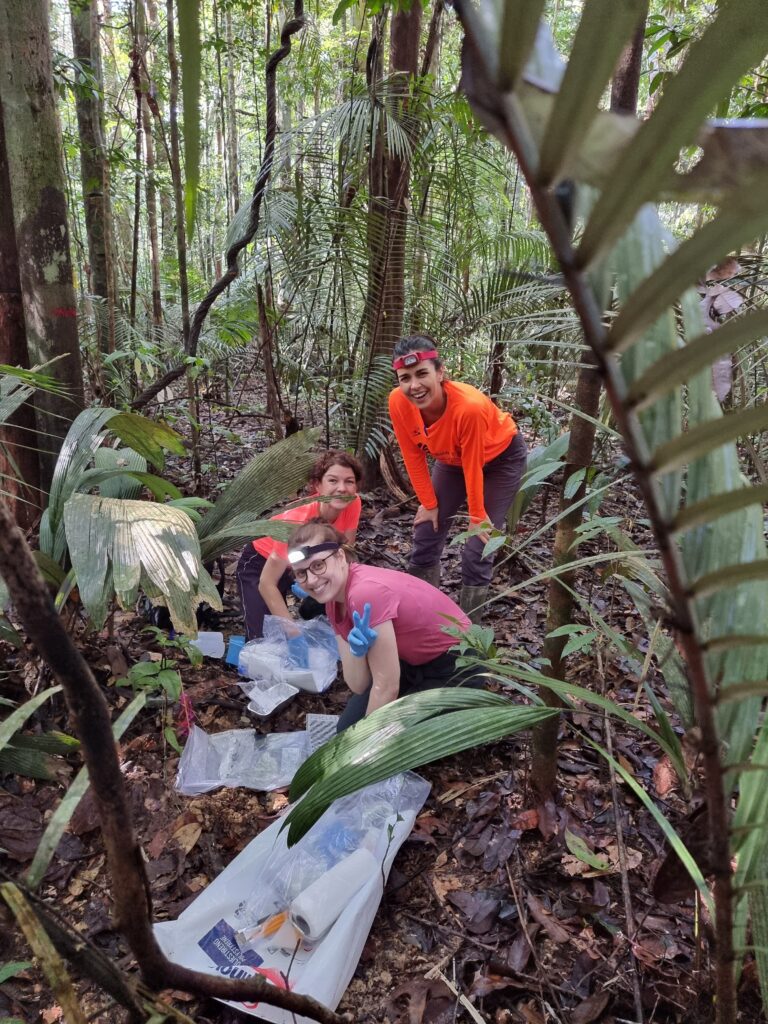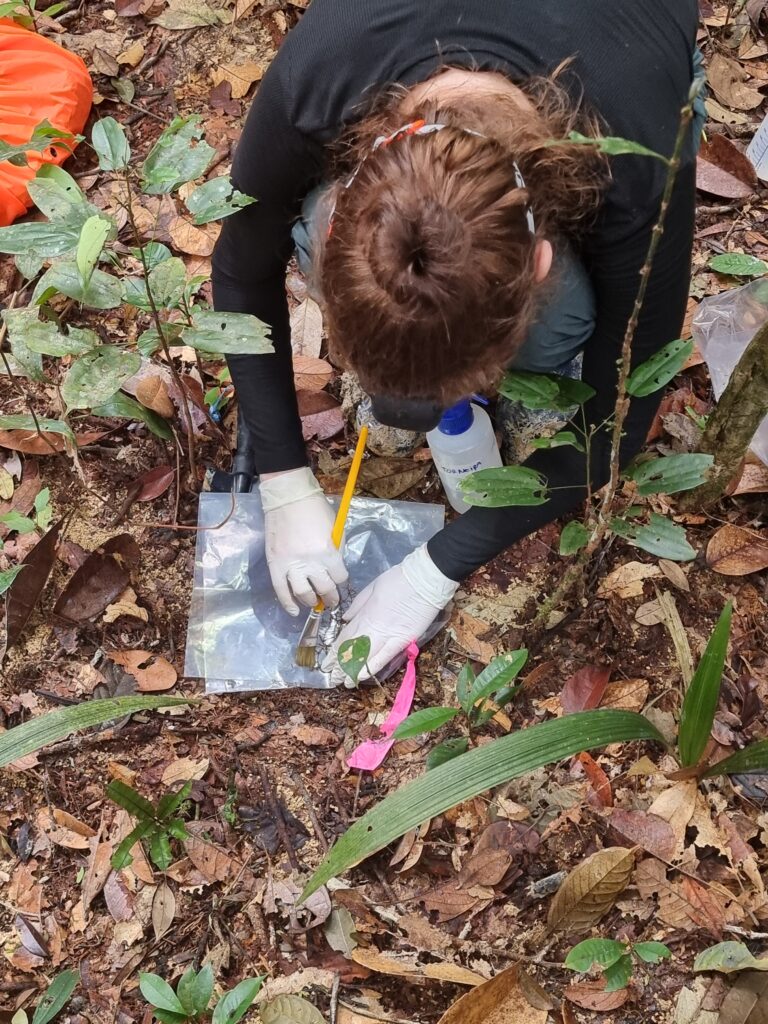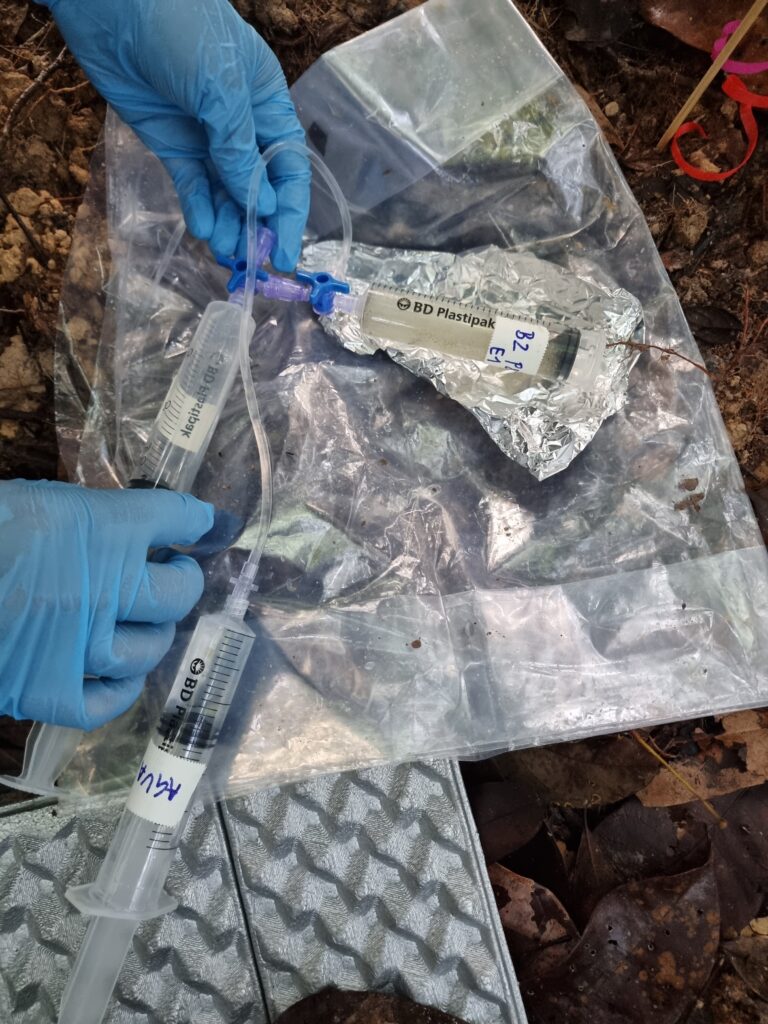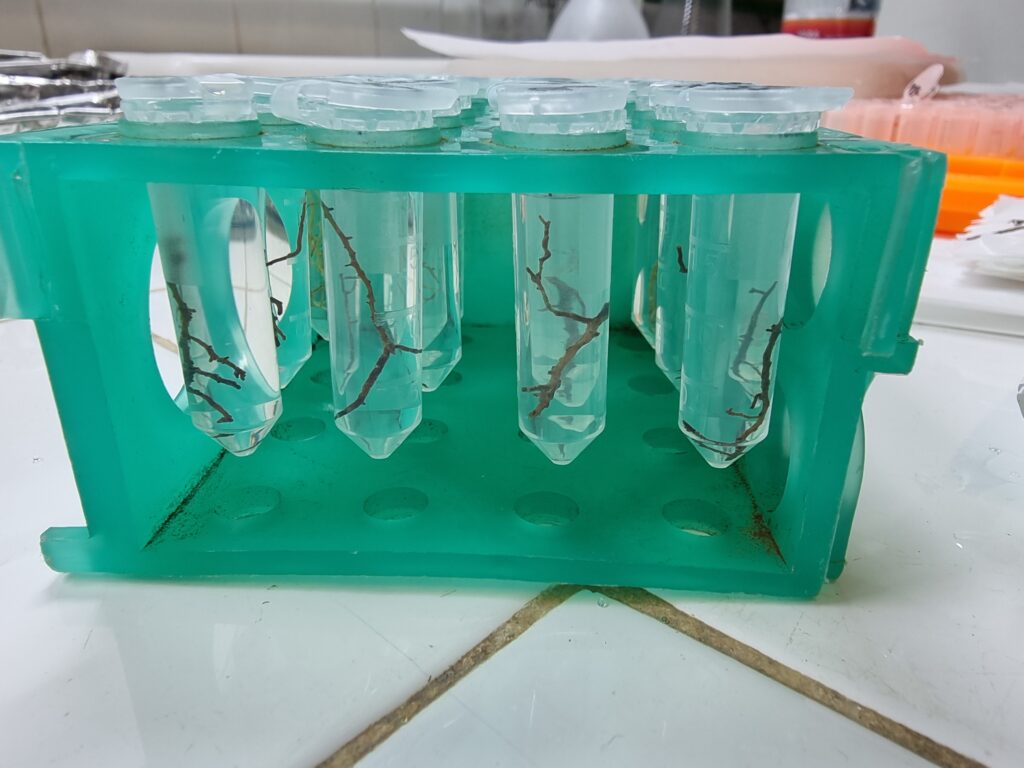Amazon-FLUX is a collaborative project between researchers from Germany and Brazil. The project is funded by the Bavarian State Chancellery (Bayerische Staatskanzlei). Partners are the Professorship for „Land Surface-Atmosphere Interactions“ at Technical University of Munich (Prof. Dr. Anja Rammig), the Institute for Amazonian Research (INPA; Prof. Carlos Quesada) and the University of Campinas (UNICAMP), Sao Paulo Earth System Science Laboratory (Prof. David Lapola).
Amazon-FLUX investigates plant and soil interactions in the Amazon Rainforest to determine how nutrients and water fluxes may affect the forest under global change (i.e. elevated atmospheric CO2 concentrations, increasing temperatures, and increasing drought events).
Why is this topic relevant?
Tropical forests absorb and store carbon from the atmosphere in biomass and soil. However, changes in climate and CO2 atmospheric concentrations have the potential to alter forest structure and dynamics. To be able to increase growth under elevated CO2 conditions and thus increase absorption and storage of carbon from the atmosphere, plants also need soil resources, such as nutrients and water. If any of these resources are not sufficiently available for plant growth, plants may invest their internal resources to get more of the resource that is limiting their growth; for instance, they may allocate more carbon belowground by growing more roots to find nutrients or water. In other words, changes in climate and CO2 atmospheric concentration can alter the forest carbon cycle, and plant and soil interactions may be critical to the forest response to these changes.
How do plants and soil interact?
Soils are mainly composed of dead organic materials, minerals, and water. However, soils are also alive. An unknown but large number of microorganisms (e.g., fungi, bacteria, protozoa, nematodes) make up the soil and are one of the main drivers of nutrient and carbon cycles. Often, plant roots and microorganisms in the soil work together and exchange resources so both plants and microorganisms can thrive. Plants can supply microorganisms in the soil with carbon, which they need as energy to grow their communities, and in return, microorganisms can supply plants with nutrients and water.
How are plant and soil interactions investigated in Amazon-FLUX?
Our aim is to bring vegetation modeling and field research together. Vegetation models are great tools to investigate how global change can affect the Amazon rainforest under current and future environmental scenarios, e.g., by simulating an increase or decrease in precipitation, temperature, and/or atmospheric CO2 concentrations and seeing how this affects the forests. On the other hand, information from field observations is needed to develop, test, and validate these models, although they can be challenging to obtain. To overcome this knowledge gap, field campaigns and experiments are being planned, and where we will have a closer look at how plants and soil interact. This information can be subsequently be used to improve vegetation model simulations. Stay tuned and follow us on Twitter to get updates on our plans!





